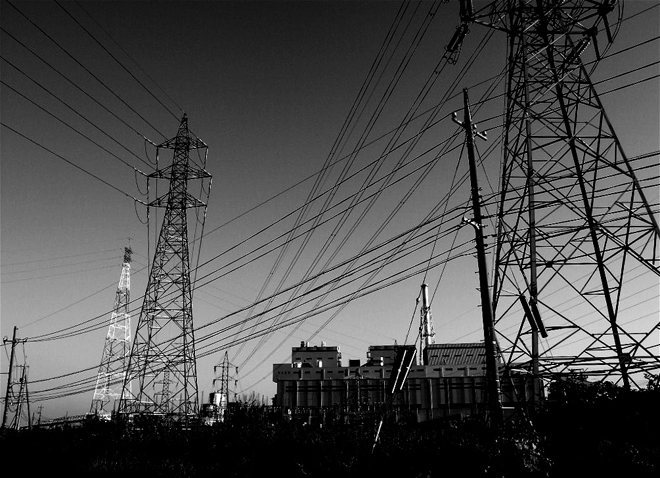
A strange legacy of the Japanese power system’s infancy in the late 1800s is complicating efforts to keep Tokyo supplied with electricity.
The problem, as explained by IDG News Service’s Martyn Williams, is that half of the country uses power whose current alternates at 60 Hz, while the other half gets its power at 50 Hz.
The discrepancy has to do with the founding of electric power in the country. Tokyo Electric Light Co. used German generators, which operated at 50 Hz, while in the west part of Japan, Osaka Electric Lamp Co. used generators from General Electric, an American company, operating at the same 60 Hz standard that is used in the United States to this day.
Unlike the U.S. grid, the Japanese power grid was never unified on a single standard. While it’s possible to connect the two grids, the frequency-changing stations required can only handle up to 1 gigawatt.
When the quake hit, it shut down 11 reactors including three that were in operation at the Fukushima Daiichi plant that is now at the center of Japan’s nuclear problems. With the 11 reactors offline, 9.7 GW was gone from eastern Japan’s electricity production capacity.
And that’s the root of Tokyo’s current electricity problems: Utility companies in west Japan are unable to make up for all of the lost power.
Residents of Japan have faced a crisis of unimaginable proportions, with earthquakes followed by a tsunami followed by a nuclear disaster. The rolling blackouts in Tokyo are, in comparison, a relatively minor problem.
Still, it’s interesting to see how historical decisions from more than a century ago can have unexpected consequences today — all because of a frequency mismatch. Chalk it up to path dependency.
A legacy from the 1800s leaves Tokyo facing blackouts [IT World]
How a Legacy From the 1800s Is Making Tokyo Dark Today | Gadget Lab | Wired.com.